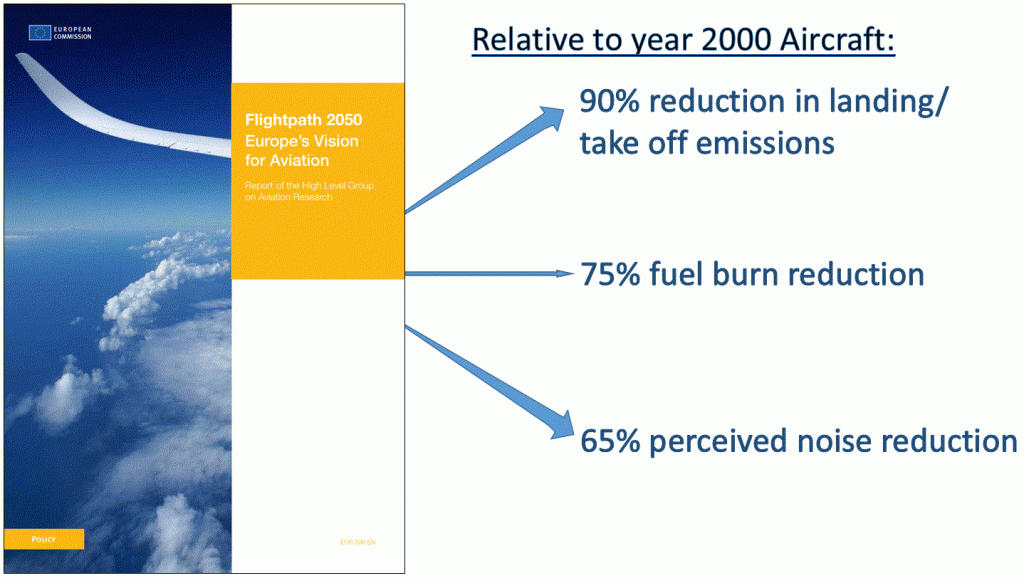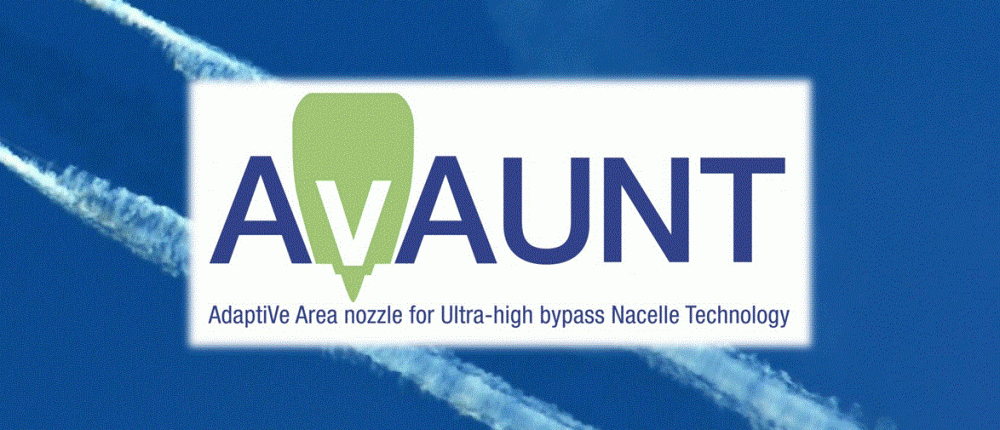Reducing commercial aircraft fuel burn is a major factor in the development of modern aircraft engines.

Under the European Commission’s “Flightpath 2050, Europe’s Vision for Aviation”, targets of 75% fuel burn reductions, 65% perceived noise and 90% landing/ take-off NOx emissions by 2050 when compared to year 2000 aircraft were set.
In the quest for further reductions in thrust specific fuel consumption, designs are trending towards higher bypass ratios, widely termed Very High and Ultra High Bypass Ratio (UHBR) powerplants.
However, such a move is not without its technical challenges. Notably, the increasing bypass ratio increases the disparities in powerplant operating conditions between take-off, cruise and approach.
The Adaptive Area Nozzle (AAN) is one candidate technology that can manage the surge margin and possibly eliminate any flutter problems that could occur throughout the flight envelope. However, there exist many unanswered questions surrounding how the inclusion of an AAN at UHBRs will influence the nature and extent of aerodynamic effects on the UHBR powerplant.
The AvAUNT consortium is looking to enhance this understanding for a number of AAN concepts using a combination of advanced modelling techniques and wind tunnel testing.
